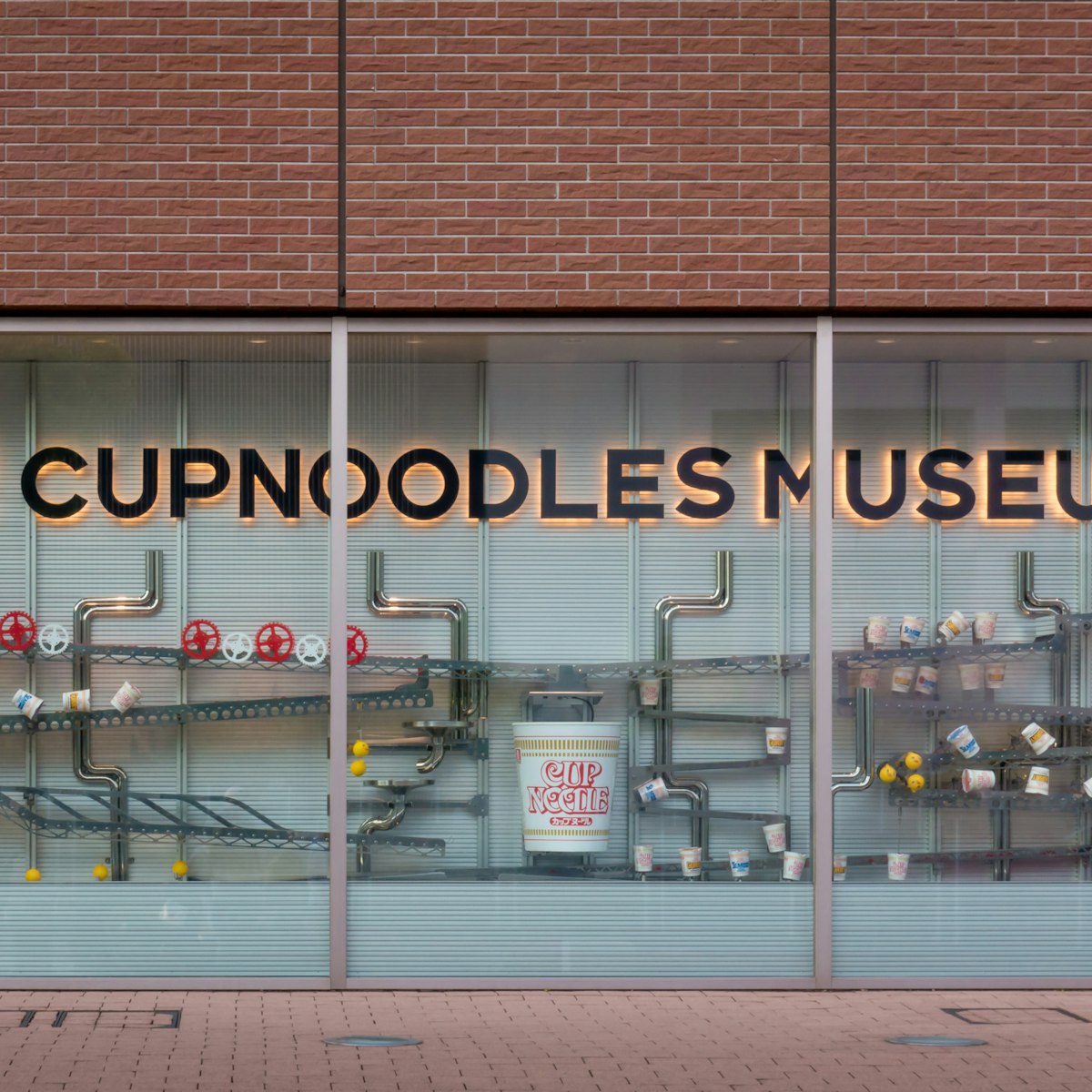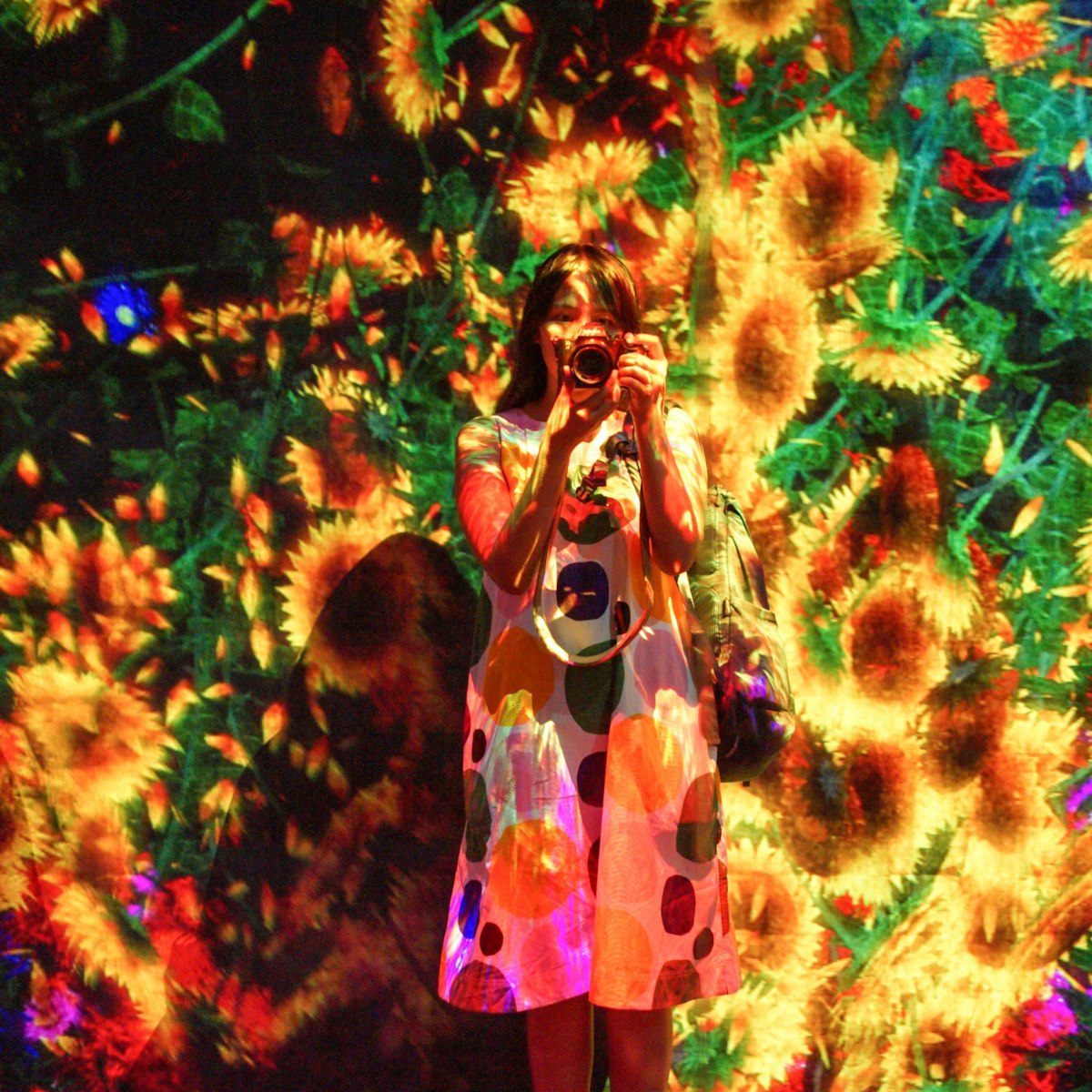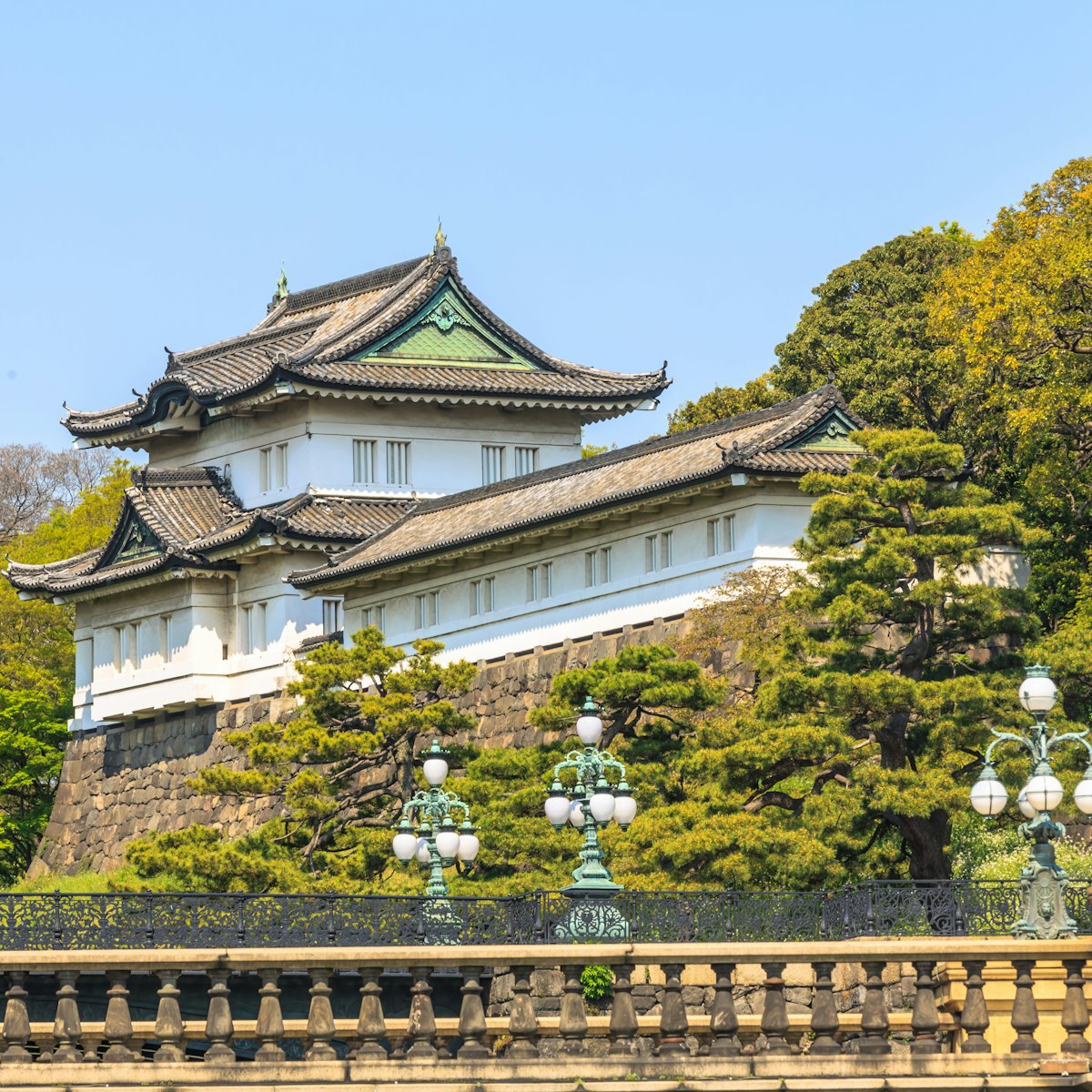Free one-hour tours of parts of Japan's parliament building and grounds are available when the Diet is not in session (ring the day before to confirm). The tours take in the public gallery, the emperor’s room (from where he addresses the Diet at the start of each session) and the central hall, which features a floor mosaic of a million pieces of marble, and murals depicting the four seasons.
Built on a site once inhabited by feudal lords, the National Diet was completed in 1936 and houses two chambers ‚Äď the ShŇęgi-in (House of Representatives; the Lower House) and the Sangi-in (House of Councillors; the Upper House).
An English pamphlet is available if there's no English-speaking guide when you arrive. Visit in the afternoon to avoid being tacked onto the larger tour groups.








